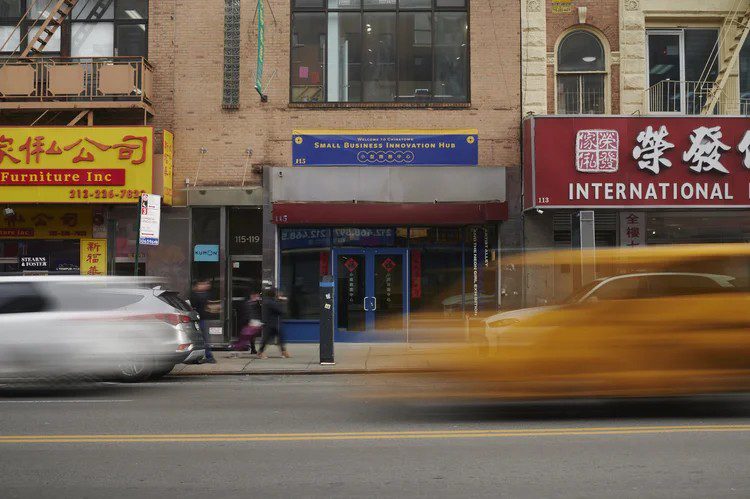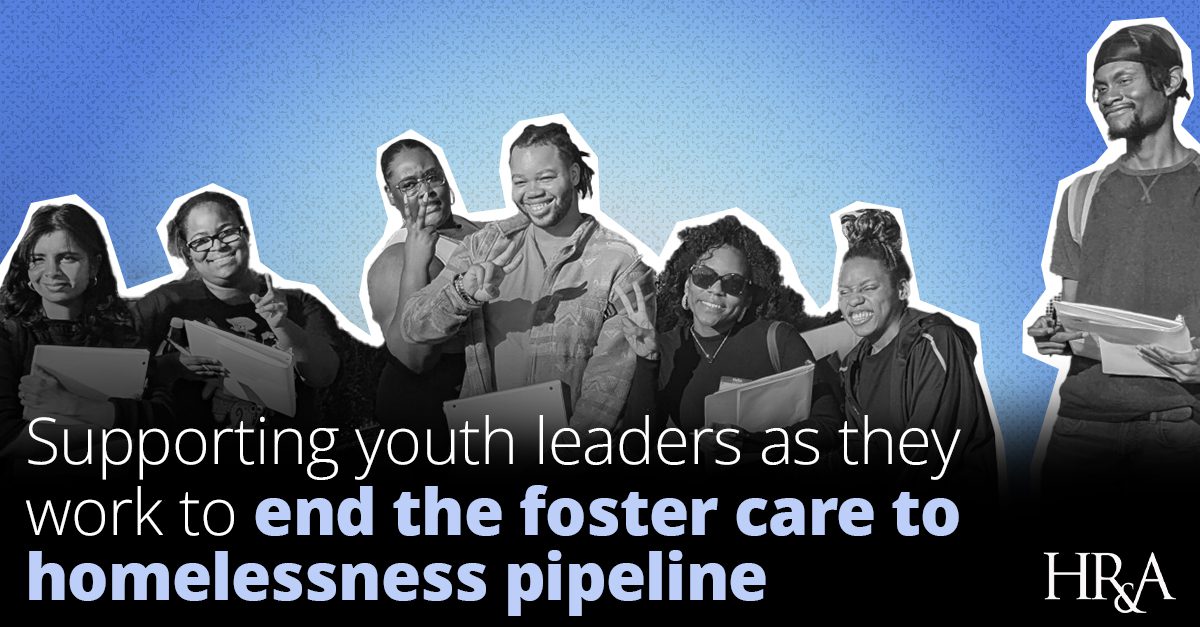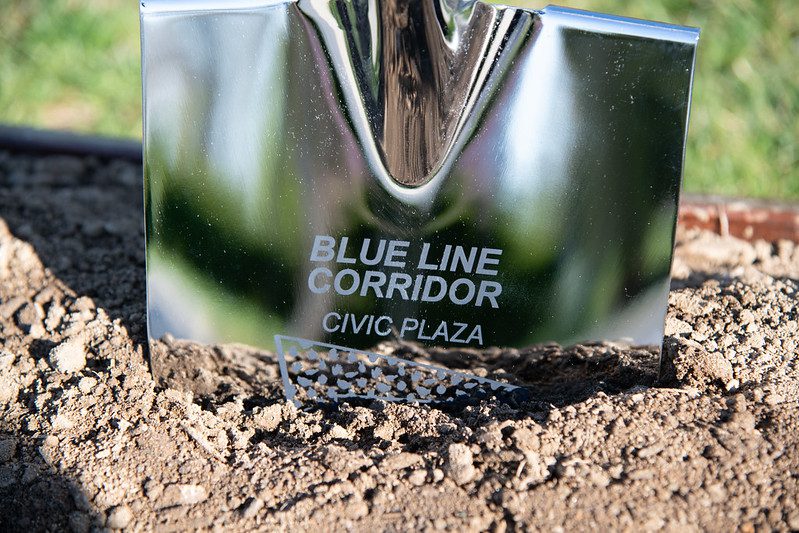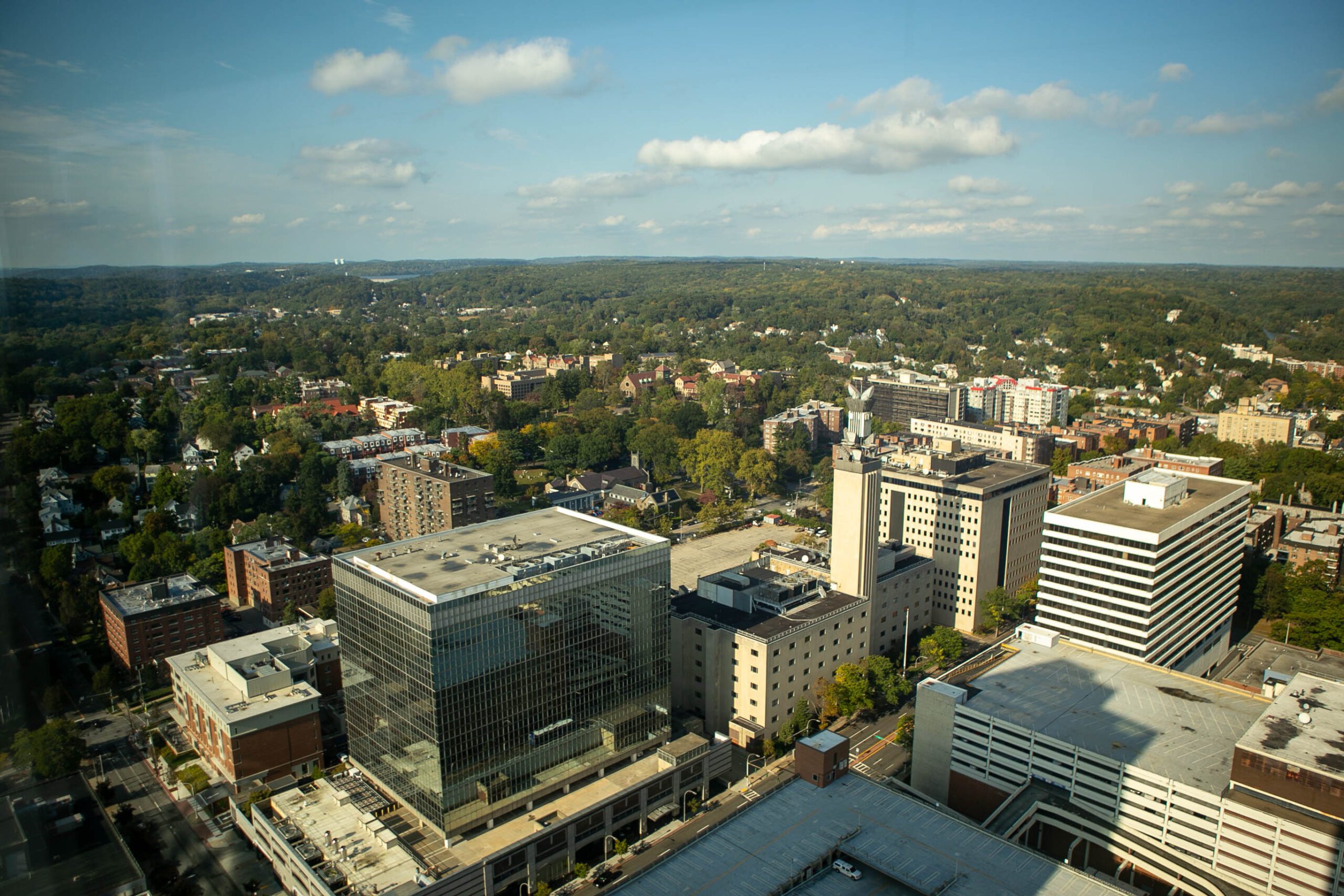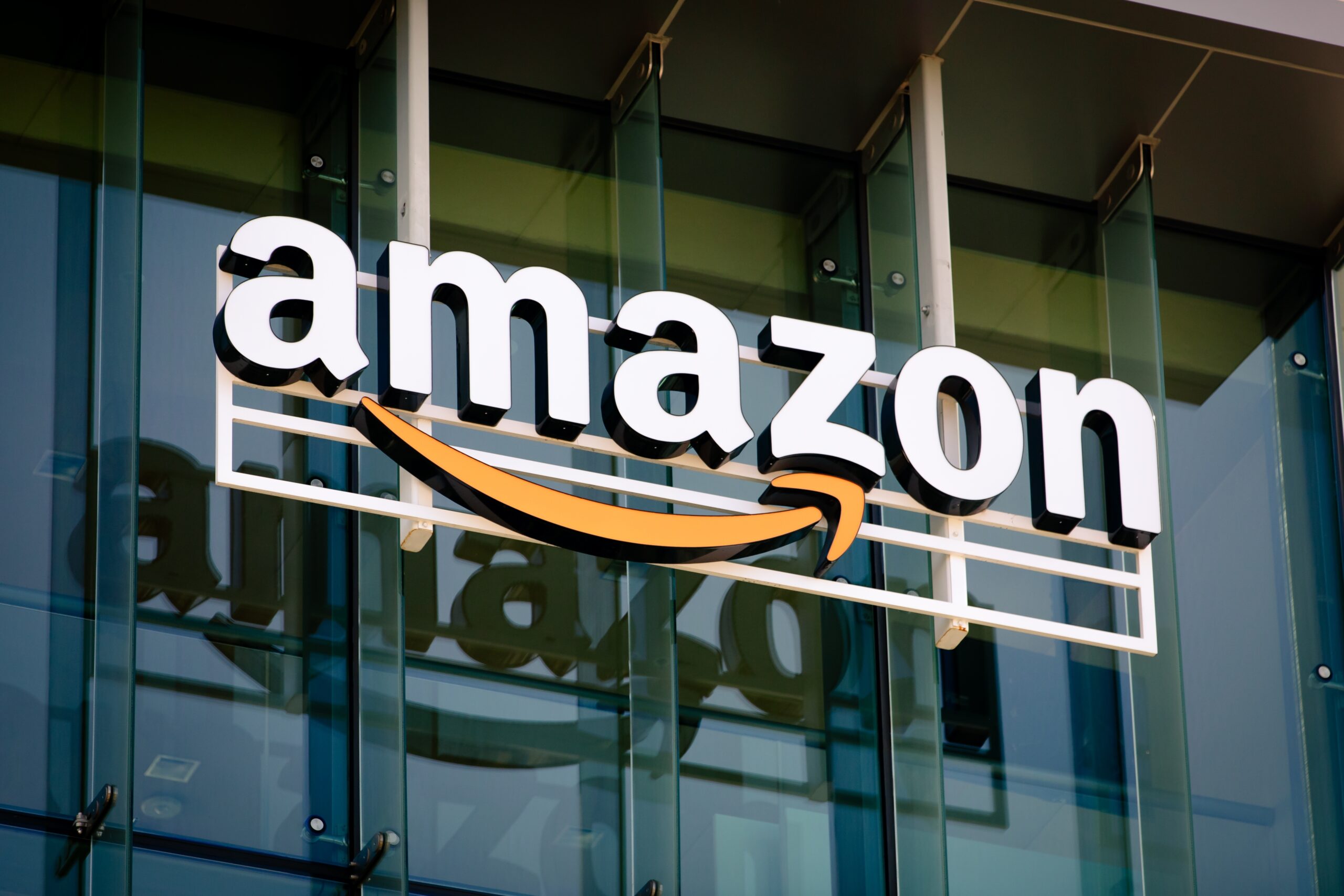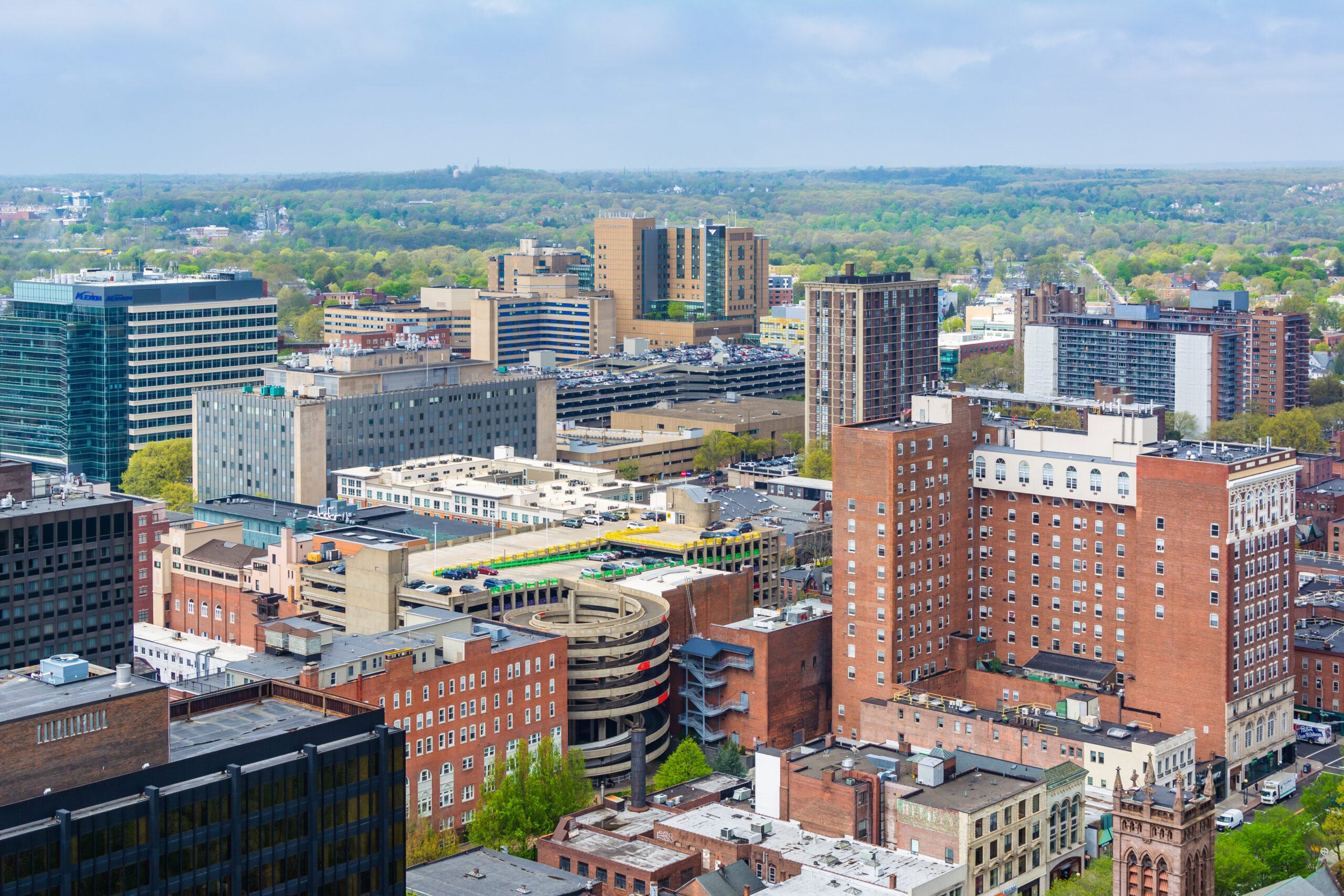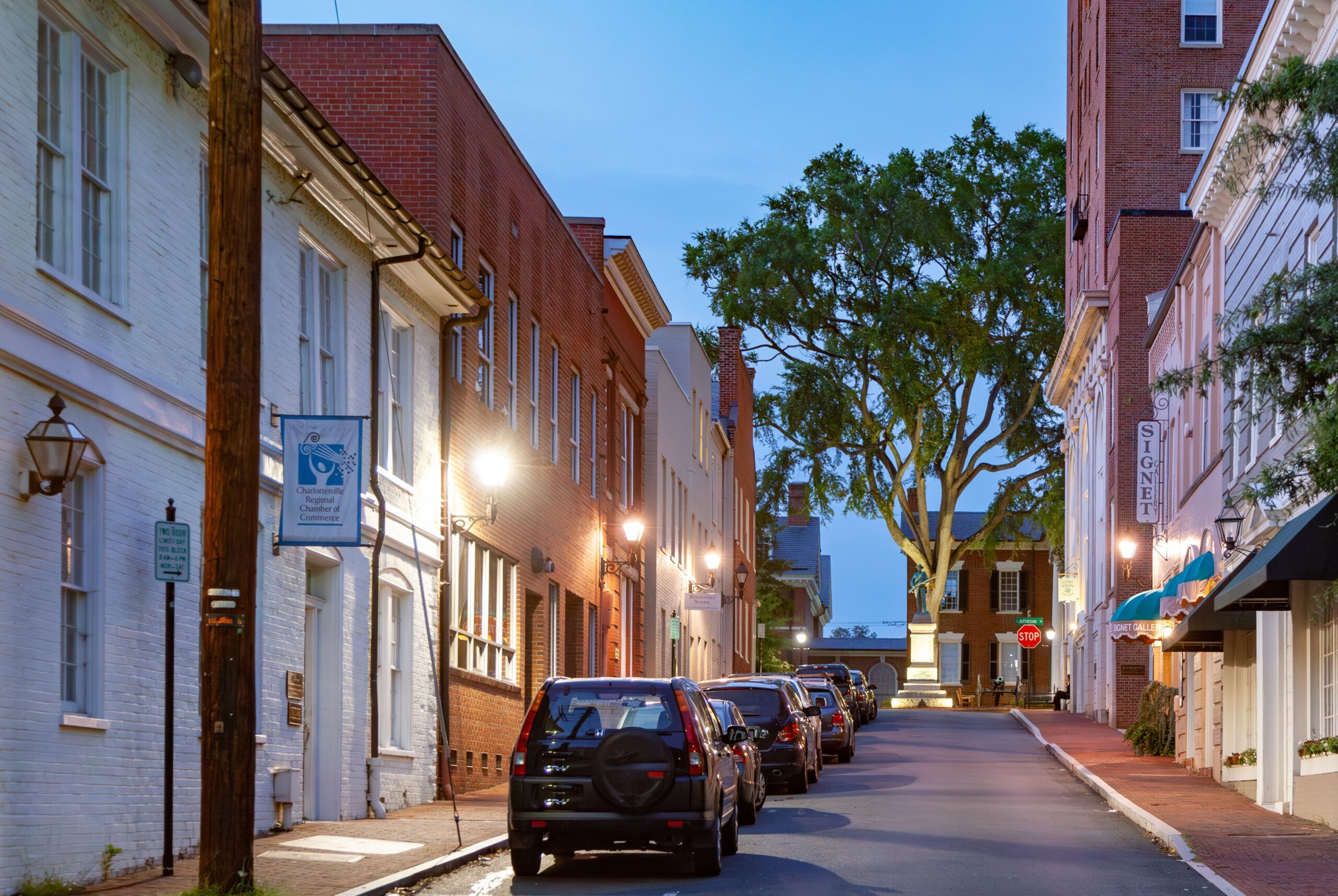Since 2022, HR&A has worked with leaders in Manhattan’s Chinatown neighborhood to support recovery from the COVID-19 pandemic, address systemic challenges facing the small business community, and foster a new generation of AAPI entrepreneurs seeking to preserve the cultural identity of Chinatown.
Working closely with the nonprofit Welcome to Chinatown, HR&A has provided ongoing economic research, strategic planning, and implementation support services, from documenting COVID-19’s devastating economic impacts to creating operational frameworks for business support initiatives. This work has equipped Welcome to Chinatown with evidence-based strategies and actionable roadmaps, transforming local leaders’ ability to advocate for neighborhood investment and cultural preservation. In parallel, HR&A led a seven-month community planning process funded by a New York State grant that resulted in more than $60 million of public investment in the core of Chinatown to address pedestrian safety and public realm issues.
Manhattan’s Chinatown has endured repeated economic disruption over the past 25 years, including following 9/11, SARS, the Great Recession, and Superstorm Sandy, all exacerbated by the COVID-19 pandemic, which triggered both severe business losses and rising anti-Asian violence. These acute challenges compounded long-term pressures from gentrification, changing demographics, and succession difficulties for legacy businesses. HR&A initially quantified these impacts through our 2022 Chinatown Impact Study, conducting multilingual focus groups, detailed visitation analyses, and assessments of federal aid accessibility. This foundational research, which received coverage in Curbed and The Village Sun, revealed unique cultural, language, and socioeconomic barriers hampering recovery efforts. Building on these insights, we subsequently developed operational and programming strategies for Welcome to Chinatown’s Small Business Innovation Hub, a centralized physical hub that provides meeting, coworking, and incubation space for AAPI entrepreneurs and community organizations. We also created a roadmap for Welcome to Chinatown to support legacy small business owners with succession planning to ensure they are able to monetize their life’s work while passing on traditions and spaces that help define Chinatown. Most recently, we provided program management support for the annual Chinatown Solidarity Summit, hosted at the Small Business Innovation Hub, further strengthening ties among North American Chinatown leaders.
Also starting in 2022, HR&A was the planning lead for the Chinatown Downtown Revitalization Initiative (DRI), a State-funded program that brought together more than 15 neighborhood leaders with City and State agencies to define a vision for the future of Chinatown and prioritize capital projects to address longstanding challenges and set up the next decade of community-led growth and investment. As a result of the DRI effort—for which HR&A led all economic analysis, community facilitation, and project evaluation—the State’s $20 million grant was leveraged to attract nearly $45 million in funding from the City of New York to advance a transformative redesign of Chinatown’s southern gateway at Chatham Square.
Our work has enabled Welcome to Chinatown’s evolution from an emergency relief organization to a sustainable community nonprofit while advancing critical neighborhood investments. The Small Business Innovation Hub, which opened in 2024, now provides targeted resources to both established businesses and entrepreneurs. Our succession planning roadmap is guiding new programs that facilitate responsible transitions for legacy business owners. Planned capital improvements—known as Chinatown Connections—include long-desired upgrades to Park Row designed to increase foot traffic between Lower Manhattan and Chinatown to support small business recovery. This integrated, multi-year engagement demonstrates HR&A’s ability to combine rigorous economic analysis with practical implementation strategies that preserve neighborhood character while building economic resilience—creating meaningful impact that extends beyond individual businesses to sustain the cultural fabric of an iconic New York City neighborhood.
Explore:
Impact Study
Press:
Saving Chinatown, While Also Making It Their Own — NY Times
Welcome to Chinatown breaks ground on Manhattan’s inaugural Small Business Innovation Hub in Chinatown — AMNY
Now it’s bare’: NYC’s Chinatown small businesses battle to keep doors open — ABC News

